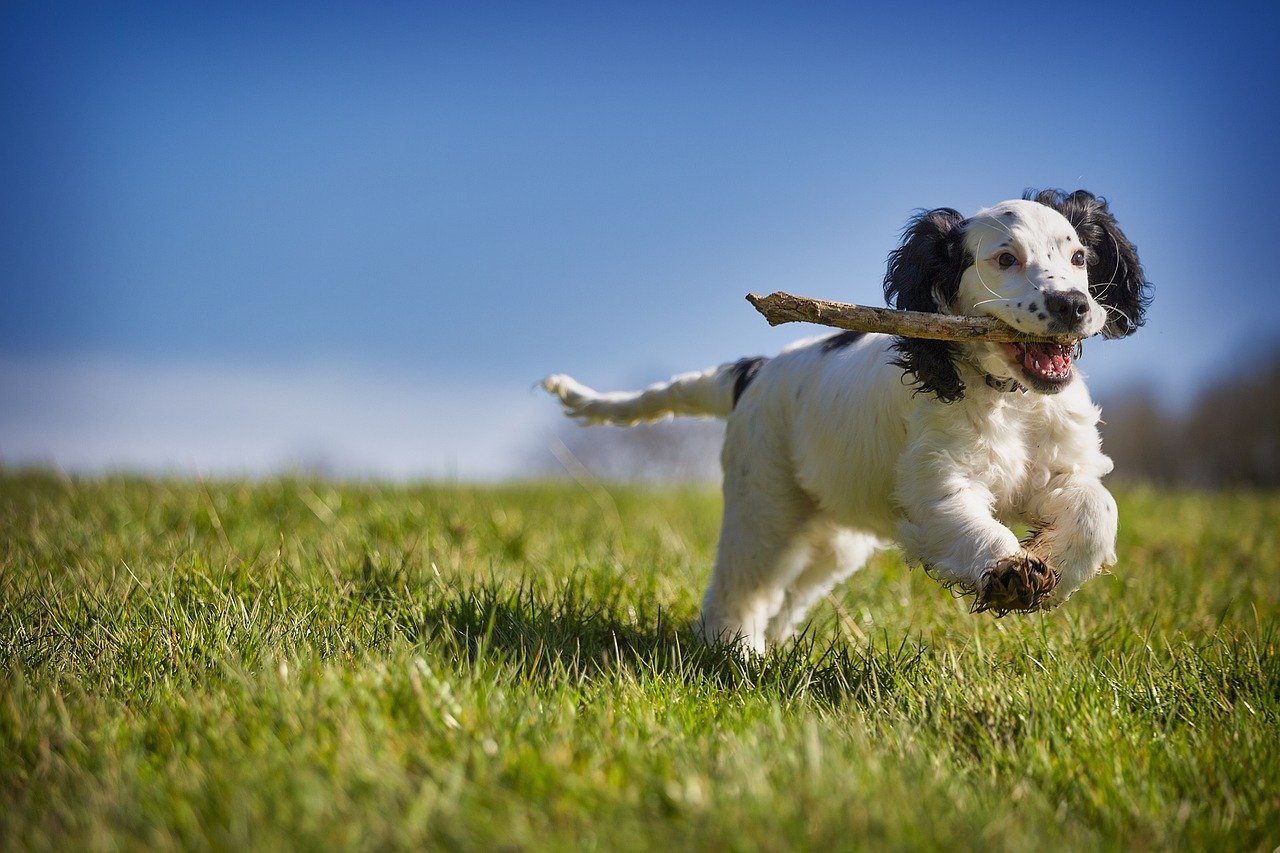Ever noticed how some dogs love a game of fetch while others prefer a good old-fashioned wrestle? That’s no coincidence—it’s all about breed traits! Herding breeds like Border Collies tend to enjoy structured games that engage their minds, while retrievers thrive on fetch and water play. Terriers might go wild for digging games, and toy breeds often prefer interactive indoor fun. Each breed’s play style is shaped by centuries of instinct and purpose. Understanding this can make playtime more enjoyable and meaningful for both you and your pup. Tailoring your dog’s fun to their nature is a great way to keep them happy, active, and mentally stimulated.
The Power of Instinct: Why Breed Matters in Play
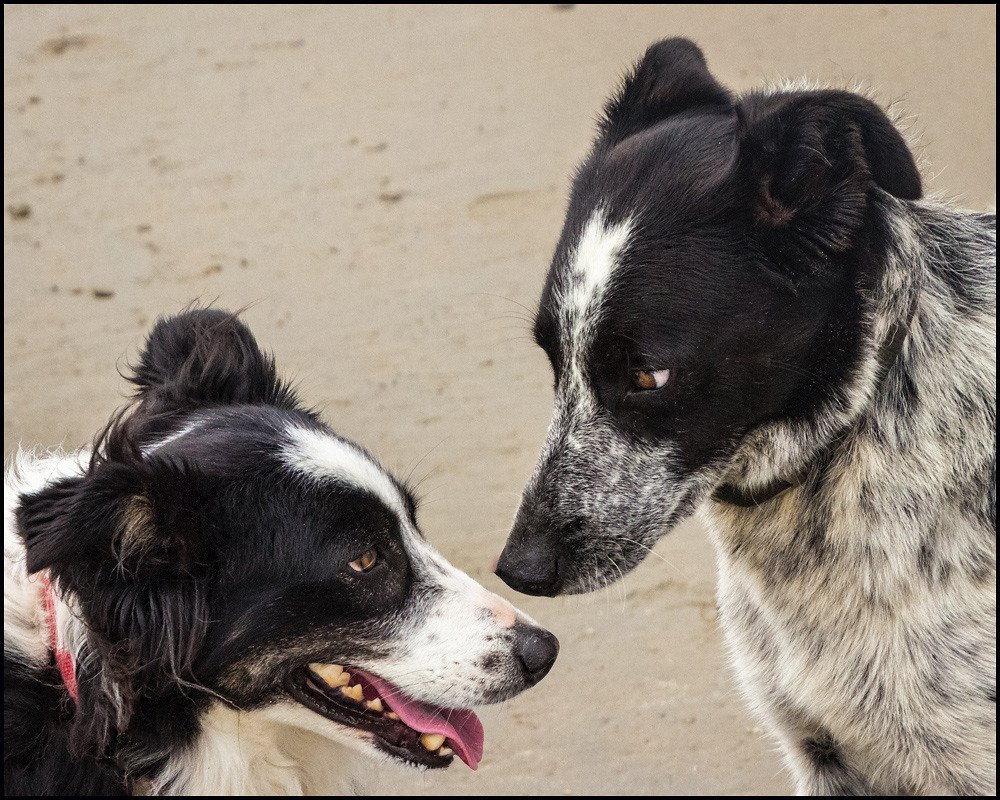
Breed isn’t just about looks or size. It’s a window into centuries of purpose, instinct, and behavior. Dogs were bred for all sorts of jobs—herding, hunting, guarding, retrieving—and these deep-rooted instincts still shape how they play today. For example, a Border Collie’s play can look like a miniature herding session, circling and “eyeing” their playmates with intense focus. Meanwhile, a Labrador Retriever might fetch a ball for hours, their joy in retrieving echoing generations spent bringing birds back to hunters.
Even if your dog is a couch potato at home, those old instincts can spark to life at the sight of a toy, a squirrel, or a friend. Breed traits are like the secret threads in the fabric of your dog’s personality. Once you notice them, you can’t help but see them everywhere during play.
Herding Breeds: The Masters of Chase and Control
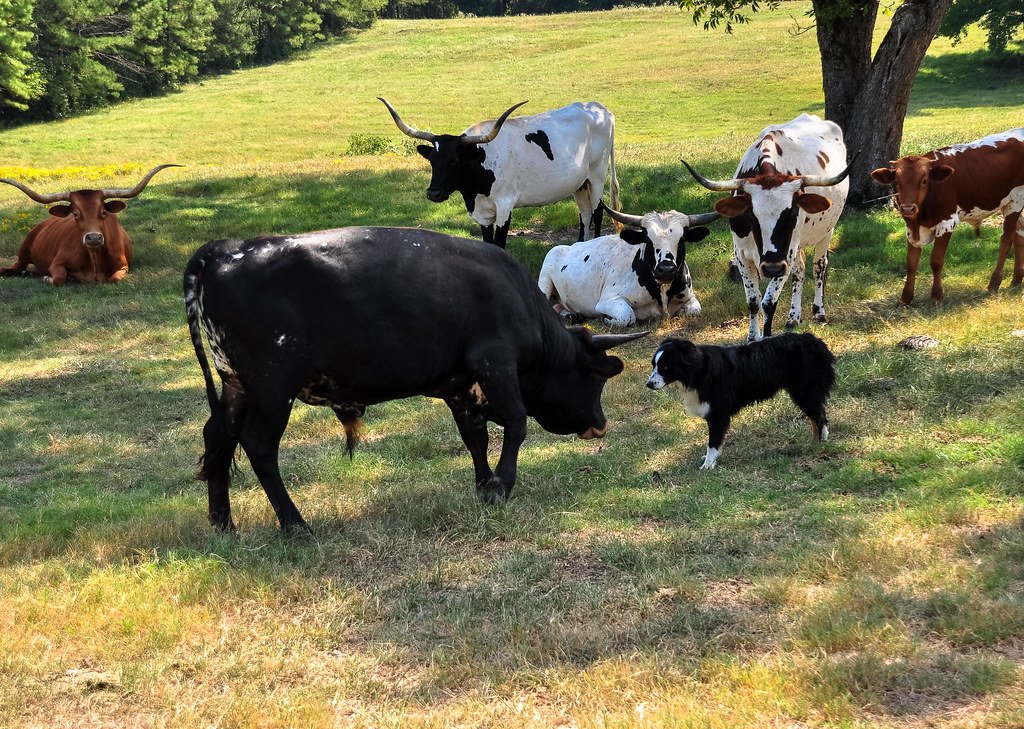
Think of herding breeds like Border Collies, Australian Shepherds, and Corgis. When these dogs play, they often show off the very skills they were bred for: rounding up, corralling, and controlling movement. At the dog park, you might see a herding breed circling a group, crouching low “like a sheepdog on the moors,” or gently nipping at heels during a game of tag.
Their play can be more structured and less chaotic than other dogs’. Herding breeds find joy in organized fun—frisbee, agility, or even just guiding other dogs during group play. Some owners joke that their herder is the “playground supervisor,” keeping everyone in line. If you have a herding dog, providing games that tap into these instincts—like hide and seek or herding balls—can make playtime truly magical for them.
Retrievers: Born to Fetch, Always in Motion

Retrievers, such as Labradors and Golden Retrievers, practically invented fetch. Give them a tennis ball, and they’ll play until your arm gives out. Their play style is all about retrieving objects, whether it’s a stick, a ball, or even a plastic bottle. This isn’t just a game for them—it’s a reflection of their genetic roots as hunting companions.
Many retrievers are social butterflies, loving interactive games that keep them moving and connected with their favorite humans. They often carry toys around the house or drop them at your feet as an irresistible invitation to play. If you’ve ever wondered why your retriever always wants to bring things back, it’s simply in their DNA. Playing fetch isn’t just fun—it’s fulfilling a deep, ancient urge.
Terriers: The Energetic Dig-and-Chase Experts

Terriers are a whirlwind of fun and mischief. Bred to hunt vermin, these dogs are natural diggers and chasers. Watch a terrier at play, and you’ll see them darting after balls, shaking toys with wild abandon, or even trying to “dig” into the carpet. Their play style is high-energy, intense, and often a little bit stubborn.
Terriers love games that let them use their quick reflexes and sharp minds, like tug-of-war or puzzle toys that require a bit of problem-solving. They might not always play well with other dogs, as their feisty independence can kick in. For terrier owners, providing outlets for digging and chasing can prevent boredom and keep that trademark spark in their eyes.
Hounds: The Scent-Driven Explorers
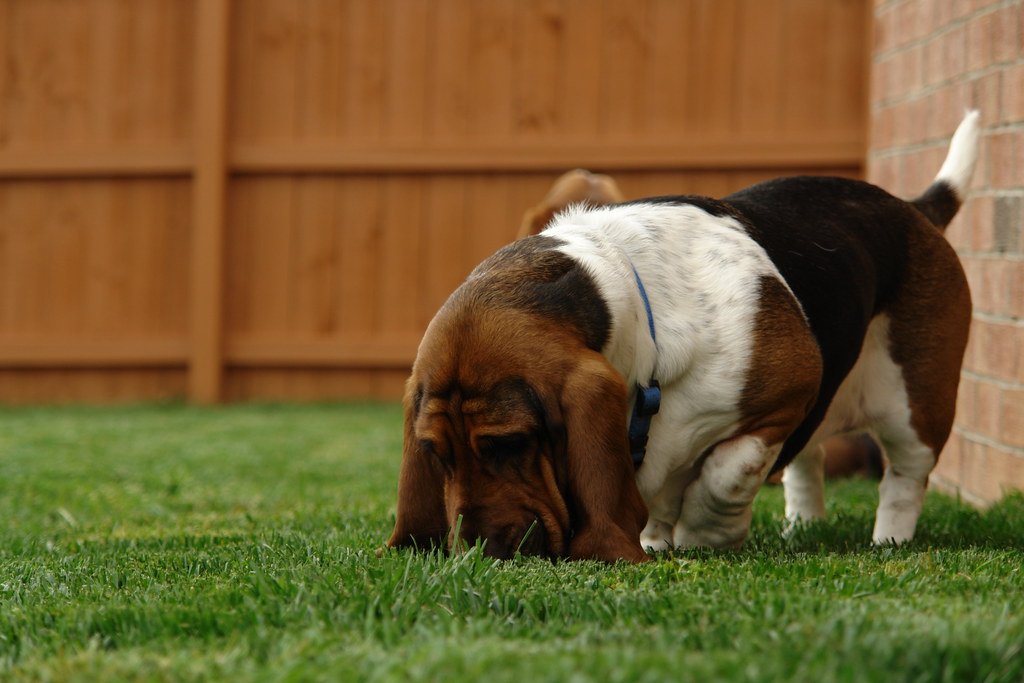
Hounds, like Beagles and Basset Hounds, bring their noses to play. Their games often revolve around scent, turning even a simple walk into a treasure hunt. Hide-and-seek with treats is a favorite pastime, and scent trails can keep a hound entertained for hours.
Unlike the high-octane play of terriers or retrievers, hounds can be more methodical, working out puzzles with their incredible sense of smell. Sometimes, their focus on a scent can make them seem oblivious to everything else—including you! Embracing scent games and allowing hounds to use their noses enriches their playtime and honors their unique heritage.
Working Breeds: Strong, Determined, and Purposeful
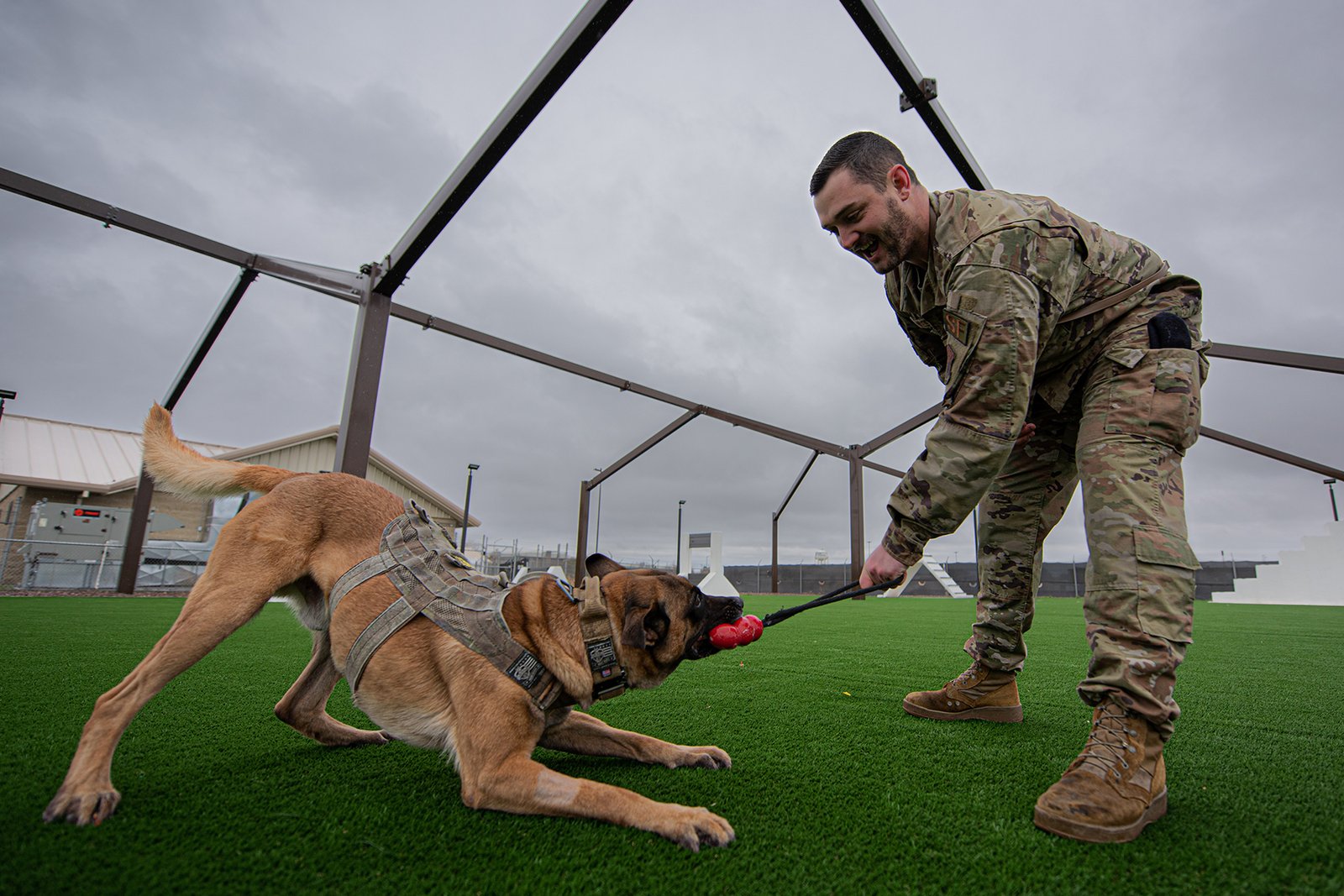
Working breeds like Boxers, Dobermans, and Rottweilers are often powerful, athletic, and always ready for a challenge. Their play style usually combines strength with intelligence—they love games that test both body and mind. Tug-of-war, obstacle courses, and advanced training exercises are right up their alley.
These dogs thrive on structure and purpose, mirroring their historical roles as guardians, protectors, and helpers. Play sessions that incorporate training or problem-solving keep them satisfied and strengthen the bond between dog and owner. If you have a working breed, you’ve probably seen that glint of pride when they master a new trick or conquer a tough game.
Toy Breeds: Small Size, Big Personality in Play

Toy breeds like Chihuahuas, Pomeranians, and Maltese may be small, but their play style is anything but timid. These little dynamos often have big, bold personalities and love interactive play with their humans. Their games may involve chasing tiny balls, playing gentle tug, or even “burrowing” under blankets.
Because of their size, toy breeds often prefer games that don’t involve roughhousing with bigger dogs. They love attention and thrive on games that make them feel like the star of the show. For owners, gentle play and small toys can help these breeds burn off energy and stay happy, while also keeping them safe.
Sporting Breeds: Athleticism Unleashed
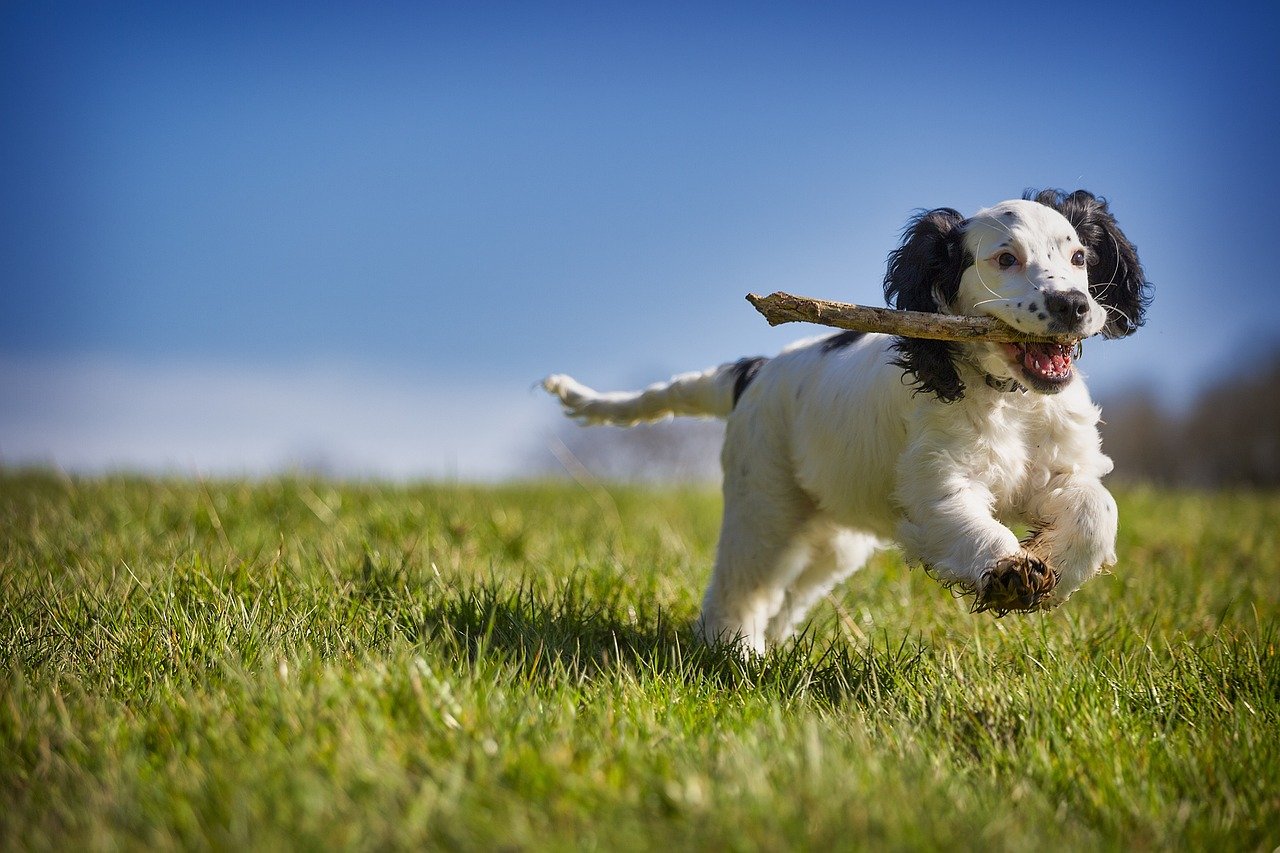
Sporting breeds, such as Setters, Pointers, and Spaniels, are natural athletes. Their play is often energetic and enthusiastic, with a love for running, jumping, and exploring. Whether it’s chasing after a frisbee, splashing in water, or bounding through fields, these dogs seem to have endless stamina.
Their play style reflects their history as hunters and companions in the great outdoors. Sporting breeds love games that challenge their speed and agility, and they often enjoy playing alongside both humans and other dogs. For these energetic pups, variety in play is key—mixing up games can keep them mentally and physically stimulated.
Guardians and Protectors: The Watchful Players
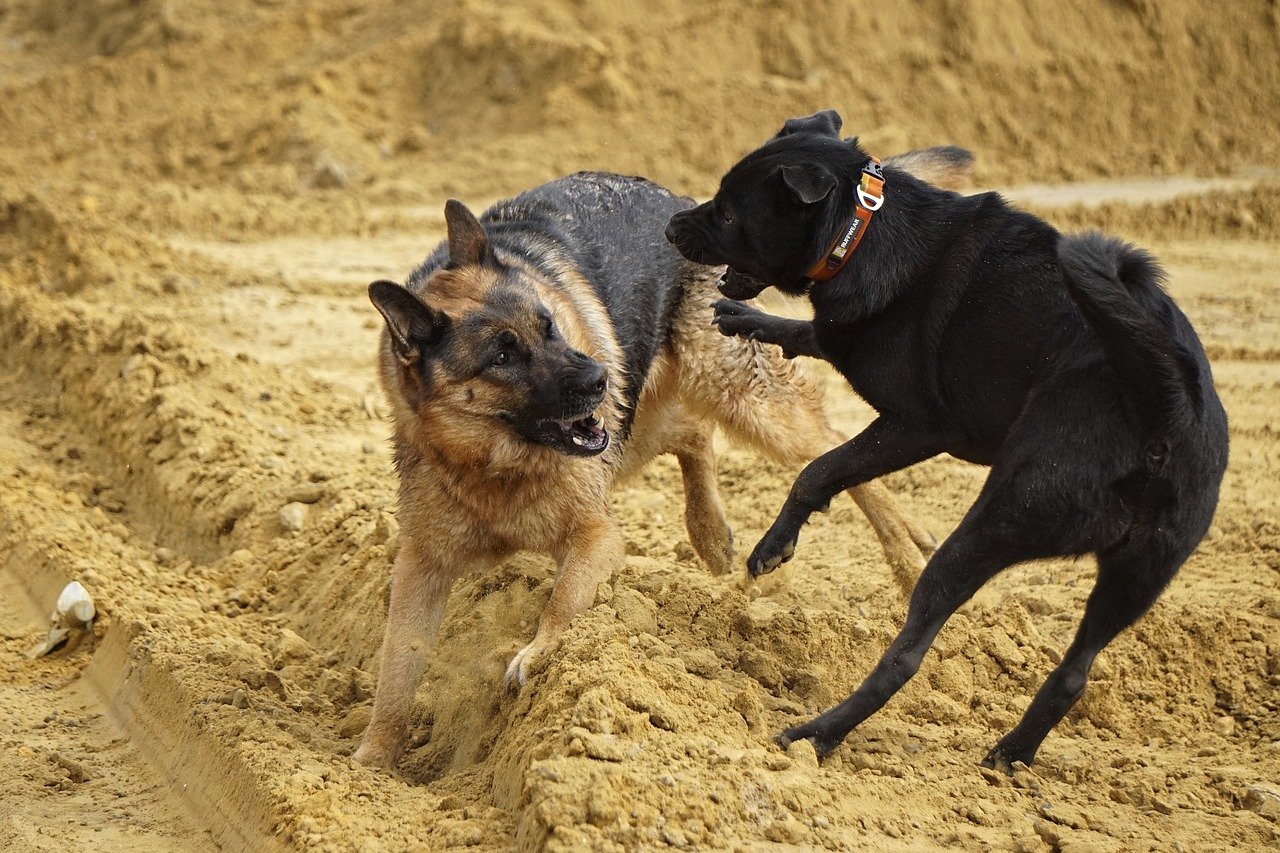
Guardian breeds like German Shepherds, Great Pyrenees, and Mastiffs often bring a sense of purpose to their play. You’ll notice they’re always watching, always aware, even in the middle of a lively game. Their play style can be more reserved, but they still enjoy games that involve teamwork, like tug or search-and-find.
These dogs are loyal and protective, and their play often reflects a desire to bond with their family. While they may not be the first to jump into a wild chase, they enjoy games that build trust and cooperation. Guardian breeds are happiest when playtime also reinforces their special place as protectors of the home.
Mixed Breeds: A Unique Blend of Play Styles
Mixed breeds, with their blend of traits, can be full of surprises when it comes to play. You might see a dog who loves to dig like a terrier, fetch like a retriever, and herd like a collie—all in one play session! Watching a mixed breed play is like seeing a puzzle come together, each piece reflecting a different part of their ancestry.
For owners, understanding a mixed breed’s play style can take a little trial and error. The fun is in discovering what makes your dog tick—maybe it’s chasing, maybe it’s scent work, or maybe it’s just cuddling with a favorite toy. Embracing this unpredictability can make playtime extra rewarding, as you get to know your dog’s one-of-a-kind personality.
How to Match Play to Your Dog’s Breed Traits

Knowing your dog’s breed traits isn’t just interesting—it’s incredibly practical. Tailoring playtime to your dog’s natural instincts can boost their happiness, reduce behavior problems, and strengthen your bond. For herders, try games that mimic chasing or gathering. Retrievers love fetch; terriers crave digging and tug. Scent hounds thrive on nose work, while working breeds enjoy training and puzzles.
Watch how your dog responds to different activities. Notice what lights up their eyes and gets their tail wagging. Use their breed traits as a roadmap, but don’t be afraid to try new things. Every dog is unique, and sometimes their favorite game will surprise you.
Every dog plays in their own unique way—and a lot of that comes down to their breed traits. Knowing what drives your pup’s play style helps you connect on a deeper level and keeps them both mentally and physically engaged. Whether it’s chasing, tugging, digging, or cuddling with a toy, honoring their instincts leads to happier, more balanced dogs. So lean into their quirks and let the fun begin!
Jen is a passionate nature lover and ocean conservationist. She has dedicated her life to protecting the environment and preserving the beauty of the natural world. Growing up in a small coastal town, Jen sincerely appreciated the ocean and its inhabitants. She has spent countless hours exploring the shoreline, learning about the creatures that inhabit the waters, and advocating for their protection. Jen is an active member of ocean conservation organizations, and she is committed to educating the public about the importance of conserving wildlife and the natural environment.

